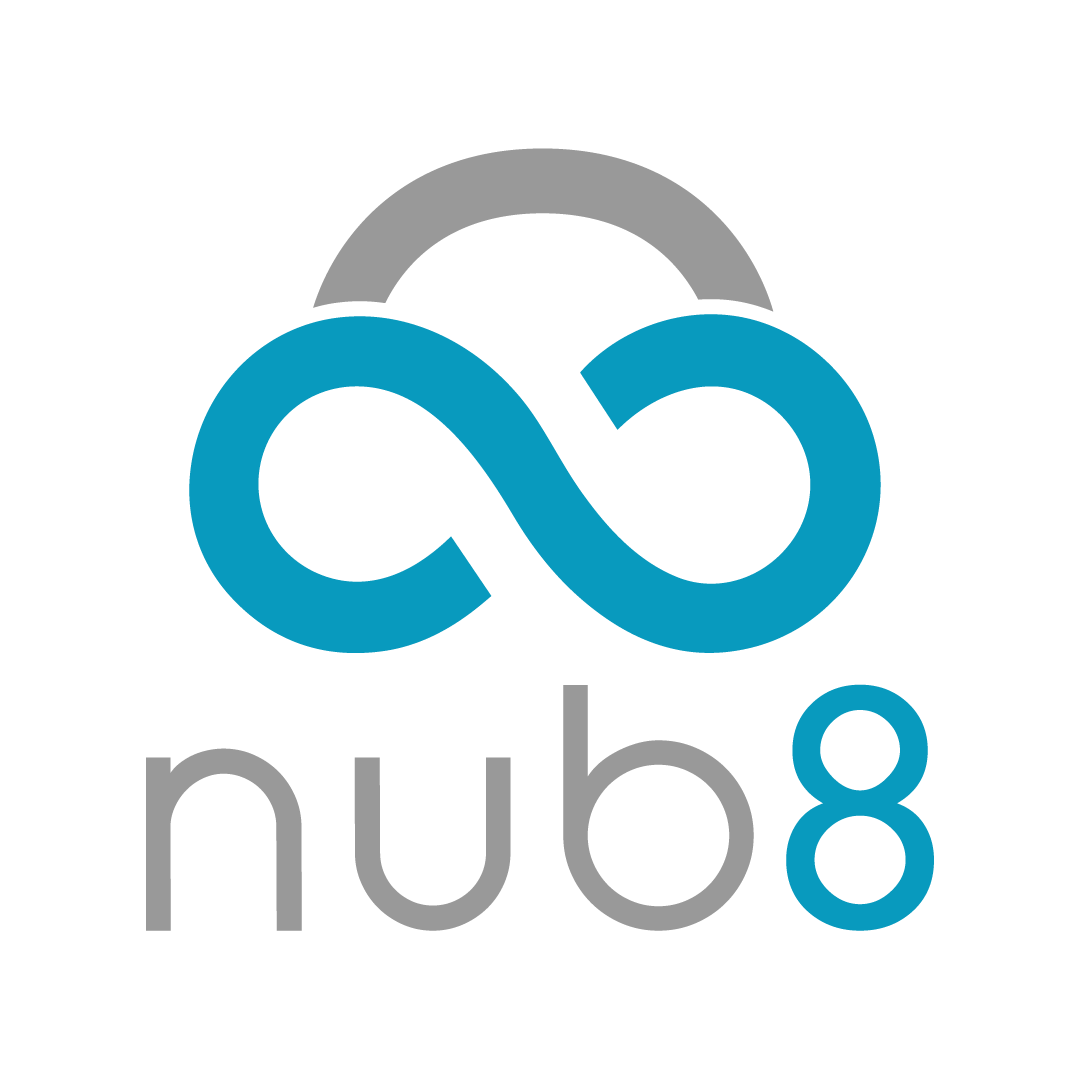Disaster recovery as a service (DRaaS) is swiftly gaining acceptance, and is offered by an increasing number of service providers. DRaaS is defined as providing a remotely hosted disaster recovery service to protect a business’s data and applications. When choosing the best DRaaS strategy, it can be helpful to examine the chief benefits. Here’s a quick look at the top reasons to consider DRaaS:
Affordable Option
A change of mindset is mandatory when thinking about the affordability of cloud-based disaster recovery (DR). Depending on your individual business requirements, cloud backups or even a full Disaster Recovery as a Service solution can be very inexpensive, particularly seeing the money saved in the event of a disaster. The over-all rule is the lower the recovery time objective (RTO) and recovery point objective (RPO) your corporate requires, the higher the likely cost. Its resource flexibility lets for quick modifications to sudden or scheduled spikes of your environment. That way, you don’t need to fear about buying extra hardware for creating a DR site with its own hosts and storage to cover those demanding peak or production down times, just to watch it sit idle 99% of the time, consuming power. Thus Disaster Recovery as a Service (DRaaS) solution is very inexpensive seeing all factors.
Fast Recovery
As DRaaS system is cloud based, your service provider will be able to set it up and have it fully operational in a relatively shorter time compared to hardware-based backups which are normally found on-site. This also means faster recovery in case you suffer from a disaster. Thus DRaaS delivers a much quicker, automatic and more dependable recovery operation than traditional DR approaches.
Subject Mater Expert Professional
A team of DRaaS Subject Mater Expert professionals will handle your account in case a disaster strikes. They will make sure your data and infrastructure is up and running in a little period of time, as stated in the service level agreement (SLA). Depending on the provider you choose, 24 x 7 x 365 services might be available.
Scalability
Businesses change over time. As businesses change, so do their computing and data storage needs, which directly affects disaster recovery. An in-house data DR system will cost much more to scale up and it will be much less flexible than that cloud-sourced via DRaaS companies. If you go with DRaaS, you can cut the on-site expenditures completely and know the company you’re working with is already planned to scale up.
Business continuity is a solid risk management practices for any organization. For more information about Disaster Recovery as a Service, or to get assistance protecting your valuable data and infrastructure, contact Nub8 today.
